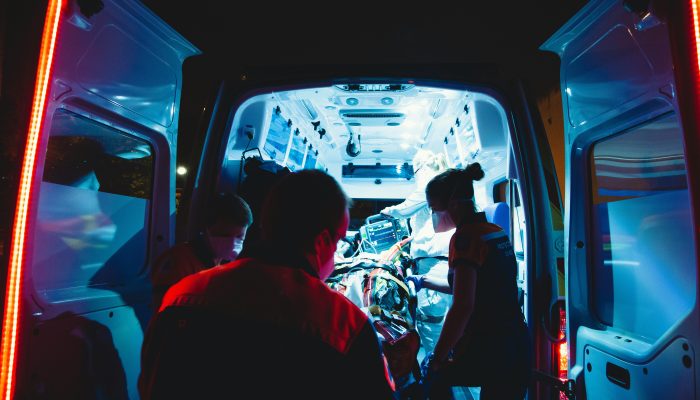Back in February, South Dakota lawmakers recognized emergency medical services as an “essential service.”
Sort of.
“Essential service” typically means the government has to guarantee access to said service by providing or funding it.
The majority of states don’t affix that designation to ambulance services.
South Dakota lawmakers voted unanimously in favor of a non-binding resolution that says the Legislature “supports efforts to prioritize emergency medical service as an essential public service.”
There were other efforts in Pierre that didn’t get quite so warm a reception.
Two days after the passage of that resolution, lawmakers shot down a bill that would’ve required counties and municipalities to provide ambulance services. Eight days after that, they shot down a similar bill that would’ve created a state fund to divert some money from criminal fines to help pay for services.
Instead of backing those bills, they chartered a committee to study the issue and stocked it with five senators and six representatives.
On Monday, that group of lawmakers convened in Pierre to talk about long-term survival for the ambulance services now provided by a mix of paid and volunteer response teams across the state.
The Emergency Medical Services Interim Committee heard testimony on low passage rates for emergency medical technician exams, a decline in volunteerism and the difficulty of setting up an ambulance district, a legal entity.
But one issue loomed over all others.
“The biggest thing I want to get across is that somebody has got to be responsible for funding us,” said Maynard Konechne, director of the South Dakota Emergency Medical Services Association and a presenter during the Monday meeting.
The study group, which reconvenes on July 23, is tasked with producing a report for lawmakers on the sustainability of ambulance services in South Dakota, with a focus on three areas:
- Staff recruitment, training and retention.
- Access to care in rural areas far from trauma care centers.
- Efficiencies in operations.
Citizens expect an ambulance to show up regardless of how far they live from the nearest hospital, said Sen. Tim Reed, R-Brookings, one of the committee’s two leaders. That means the group — and the Legislature as a whole — has to be ready to change the way it thinks about emergency medical services (EMS).
You can read the full article at South Dakota Searchlight.

